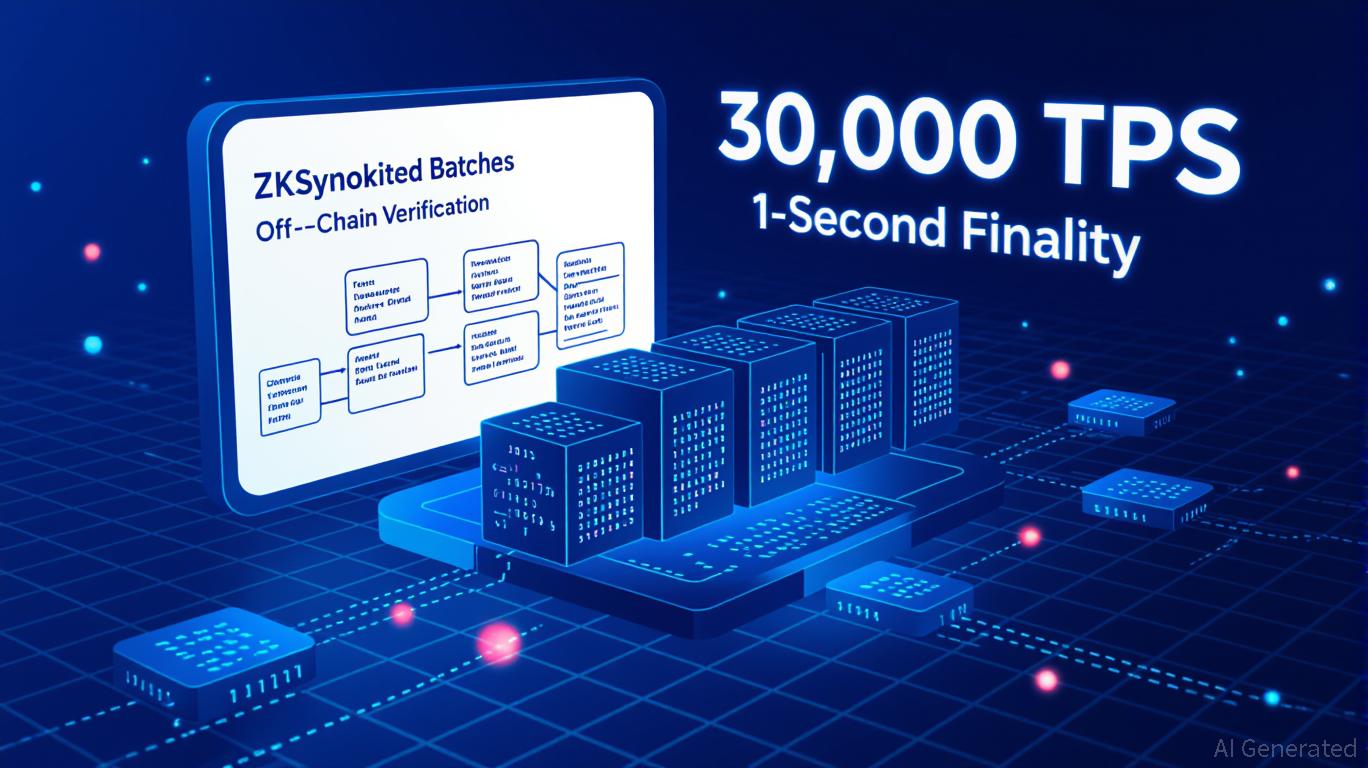DeFi Sentiment Rattled as Steep TVL Decline Hits Every Major Blockchain
The DeFi TVL decline was driven by weakening market activity and amplified by two major security breaches, including a $120 million Balancer exploit and a $93 million loss at Stream Finance.
Decentralized finance (DeFi) industry suffered one of its toughest weeks in months as total value locked (TVL) across major networks fell sharply.
According to Sentora data, DeFi protocols on Ethereum, Solana, Arbitrum, BNB Smart Chain, and Base all recorded double-digit declines.
Ethereum Leads DeFi TVL Pull Back
This reflected a broad pullback in user activity as market conditions shifted and security incidents intensified.
DeFi TVl was hit hard this week, with all major chains recording double-digit drawdowns👇✔️ETH – ~14% ✔️SOL – ~12% ✔️BSC – ~12%
— Sentora (previously IntoTheBlock) (@SentoraHQ) November 8, 2025
Additional data from DeFiLlama shows that Ethereum, the largest DeFi ecosystem, has seen its TVL drop by roughly 13% to approximately $74.2 billion. Despite the setback, Ethereum still controls over 62% of the sector.
Solana and Arbitrum experienced even sharper declines, each losing about 14% of their locked value. Their TVLs now stand at approximately $10 billion and $3 billion, respectively.
Solana, however, maintains its position as the second-largest DeFi chain, with more than 8% of the market share.
BNB Smart Chain and Base were not spared, shedding around 10% and 12% of their TVLs.
As these losses accumulated, total DeFi TVL slid from nearly $150 billion to $130 billion, signaling a marked slowdown in borrowing, lending, and staking activities across the ecosystem.
Security Breaches Amplified the TVL Decline
Meanwhile, security breaches exacerbated the TVL decline as a series of high-impact exploits rattled users and deepened an already weak market.
On November 3, Balancer—one of the industry’s longest-running DeFi platforms—suffered one of the largest exploits of the year. Attackers drained more than $120 million from its V2 vaults.
In a detailed explanation on X, the team linked the breach to a rounding error in the upscale function for EXACT_OUT swaps inside the vault’s batchSwap feature. The feature allows users to bundle multiple swaps in a single transaction to reduce gas costs.
“Attackers were able to exploit the incorrect rounding behavior in combination with the batchSwap functionality to manipulate pool balances and extract value. In many instances, the exploited funds remained within the Vault as internal balances before being withdrawn in subsequent transactions,” it stated.
Meanwhile, a second major disruption occurred shortly after when Stream Finance announced that approximately $93 million in assets managed by an external fund manager had gone missing.
In response, the protocol halted all withdrawals and deposits. It also stated that pending deposits would not be processed, and began pulling what remained of its liquid assets.
The fallout spread quickly as Elixir, a DeFi liquidity provider, said the incident forced it to wind down its deUSD synthetic dollar stablecoin.
Together, these events intensified scrutiny of DeFi’s underlying architecture.
The back-to-back failures underscored how sophisticated attackers can still exploit design flaws, governance gaps, and imperfect smart-contract logic. These incidents reinforced long-standing concerns about the sector’s structural vulnerabilities.
Disclaimer: The content of this article solely reflects the author's opinion and does not represent the platform in any capacity. This article is not intended to serve as a reference for making investment decisions.
You may also like
Vitalik Buterin's Progress in Zero-Knowledge Technology and the Investment Opportunities within Ethereum's Layer-2 Ecosystem
- Vitalik Buterin prioritizes ZK technologies to optimize Ethereum's post-Merge scalability, targeting modexp precompile replacement for 50% faster ZK-proof generation. - ZKsync's Atlas upgrade enables 15,000+ TPS and near-zero fees by redefining L1-L2 liquidity, positioning ZK-based L2s as Ethereum's infrastructure backbone. - Dencun's "blob" data slashes L2 costs by 98%, driving Base and Arbitrum to surpass Ethereum's base layer in transaction volume and user adoption. - ZK L2s like ZKsync and StarkNet s

Vitalik Buterin Supports ZKsync: What This Means for Layer 2 Scaling
- Vitalik Buterin endorses ZKsync, highlighting its ZK-rollup tech as critical for Ethereum's scalability and decentralization goals. - ZKsync's Atlas upgrade achieves 30,000 TPS with 1-second finality, enhancing programmability while maintaining on-chain security. - The project faces competition from Arbitrum and Optimism but differentiates through privacy, low fees, and Ethereum compatibility. - Rigorous audits and emergency response protocols strengthen ZKsync's security, though real-world performance r

ZK Atlas Enhancement: Driving Blockchain Expansion and Business Integration in 2025
- ZKsync's 2025 Atlas Upgrade introduces a high-performance ZK stack with 15,000+ TPS, redefining blockchain scalability through modular Layer 2/3 infrastructure. - The upgrade enables bridge-free Ethereum interoperability and supports EVM/RISC-V/WASM compatibility, addressing enterprise needs for hybrid blockchain solutions. - Institutional adoption surges with ZK token's 50% price jump and $19M+ partnerships, though legacy system integration and regulatory clarity remain key challenges. - BaaS compatibil

ZK-Related Cryptocurrencies: Reasons Behind the ZK Surge in November 2025
- ZK crypto sector dominates 2025 market via on-chain adoption and institutional validation, driven by privacy-compliant infrastructure and real-world use cases. - Zcash (ZEC) surges 400% as shielded pool hits 20% supply, while Immutable (IMX) builds $920M gaming ecosystem using ZK-powered zkEVM technology. - Worldcoin (WLD) advances biometric verification without data exposure, and Succinct's OPL scales ZK infrastructure for enterprise adoption. - Institutional capital prioritizes ZK projects with measura

